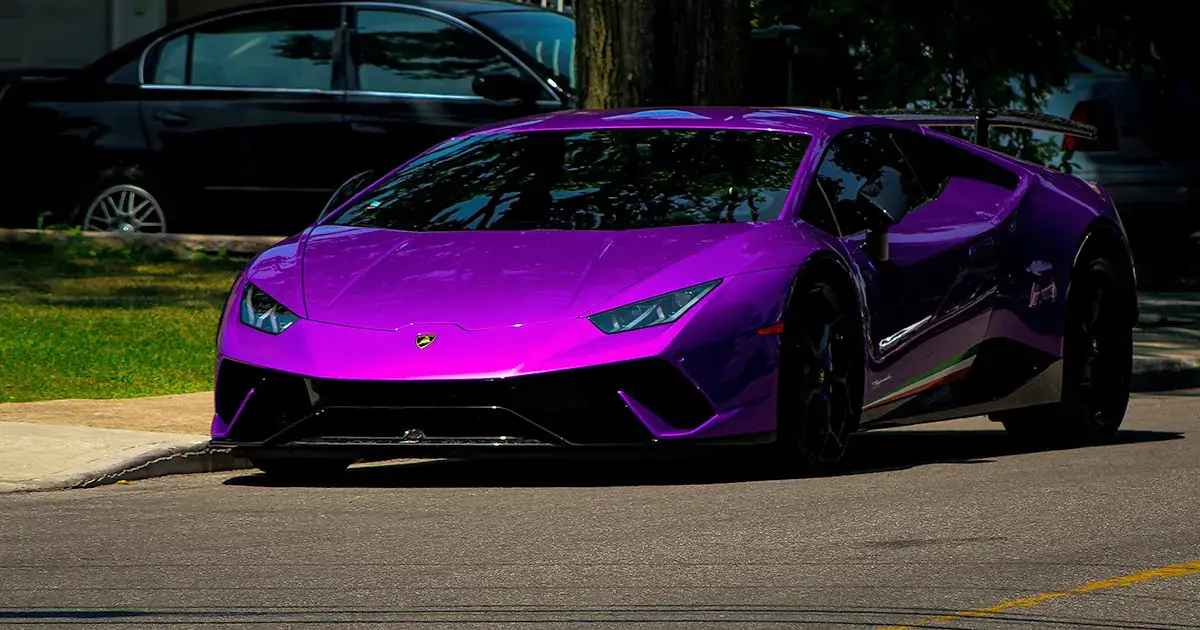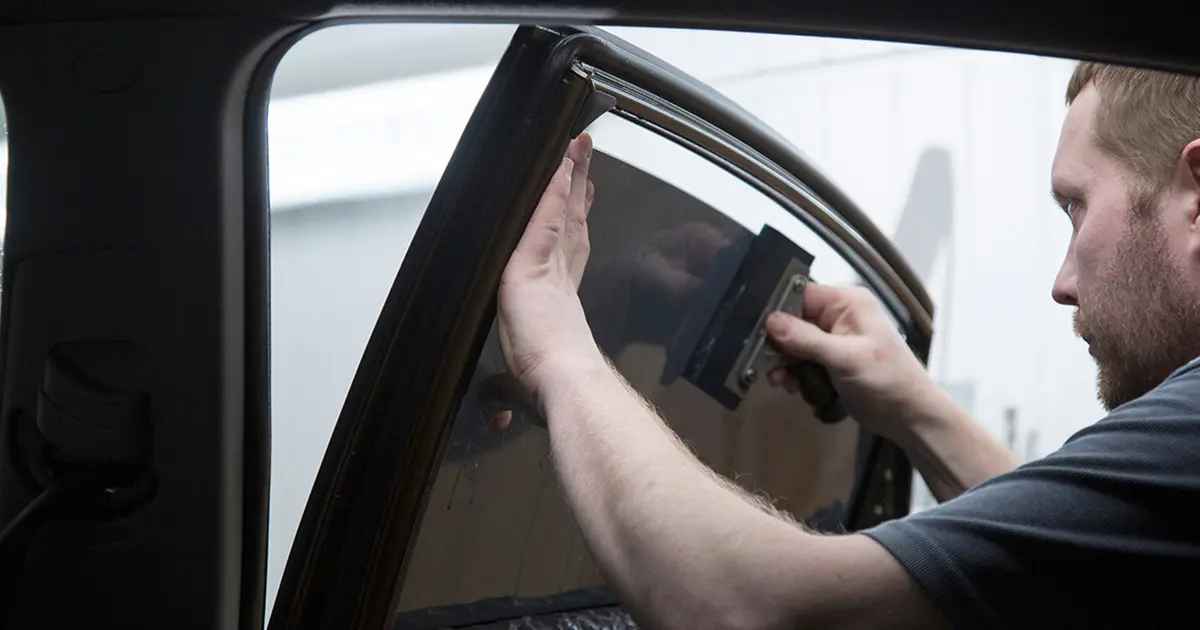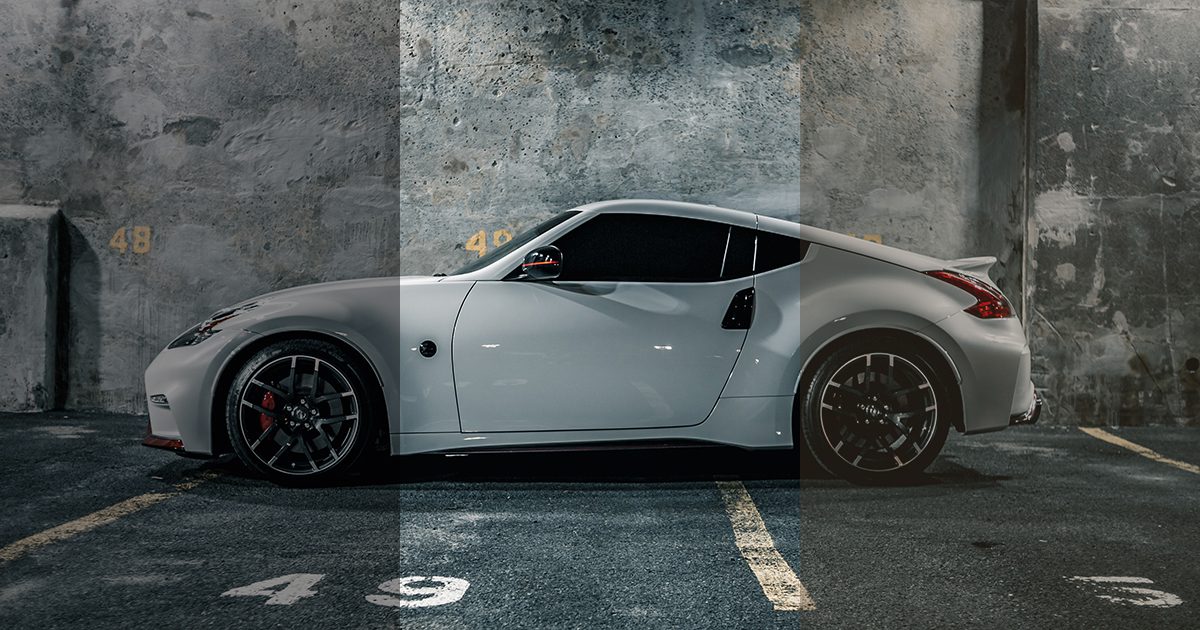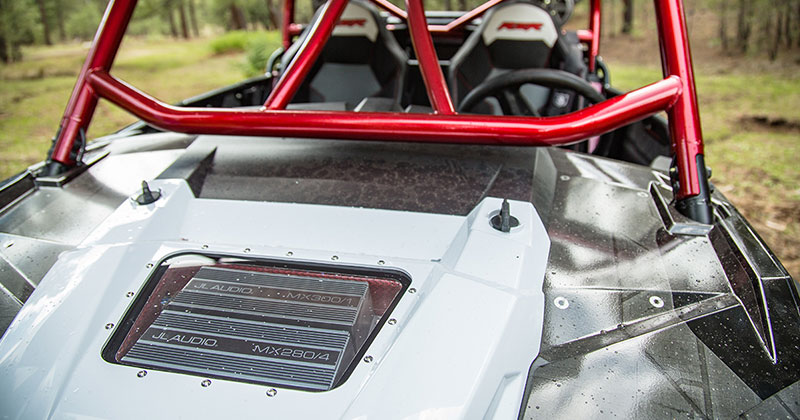
by Support Tech | Jun 8, 2025 | RESOURCE LIBRARY, ARTICLES, Window Tint
A person might choose to have the windows on their car or truck tinted for a variety of reasons. No matter why you’re interested in window tint, the team here at BestCarAudio.com strongly recommends that you take your time to pick a shop that’ll do a good job. We’ve...

by Support Tech | May 25, 2025 | RESOURCE LIBRARY, ARTICLES, Window Tint
Shopping for high-quality window tint for your car or truck isn’t much different from shopping for any other automotive accessory upgrade. There are high-performance tint films available and low-cost solutions. Some shops are great at what they do, and some only worry...

by Support Tech | Apr 27, 2025 | ARTICLES, RESOURCE LIBRARY, Window Tint
Picture this: You’ve just picked up a new car or truck from the dealer. They’ve washed it, given it a spritz with that lovely new car scent, put a big red bow on the hood or placed a basket of goodies in the trunk or cargo area. You’ve signed the papers, and you’re...

by Support Tech | Apr 13, 2025 | RESOURCE LIBRARY, ARTICLES, Window Tint
If you’re considering having the windows of your car, truck, SUV or van tinted, there’s definitely a variety of films available. We aren’t talking about different brands like 3M, Llumar, Suntek and Tint World. We’re also not referring to the different shades or light...

by Support Tech | Nov 24, 2024 | Driver Safety, ARTICLES, Car Audio, RESOURCE LIBRARY, UTV Audio, Vehicle Security, Vinyl Graphics, Vinyl Wraps, Wheels and Tires, Window Tint
UTVs and side-by-sides from companies like Polaris, Yamaha, Honda and Can-Am can provide hours of fun on the trails or sand dunes. While some of these vehicles come with basic audio systems, none has the power to drown out wind and exhaust noise entirely when the...

by Support Tech | Jun 30, 2024 | ARTICLES, RESOURCE LIBRARY, Window Tint
Automotive window tint isn’t just about making your car or truck look good. Many people with medical conditions and sensitivities to the sun can benefit from the UV protection and reduction in the visible light transfer that tint offers. How Does Window Tint Help...







